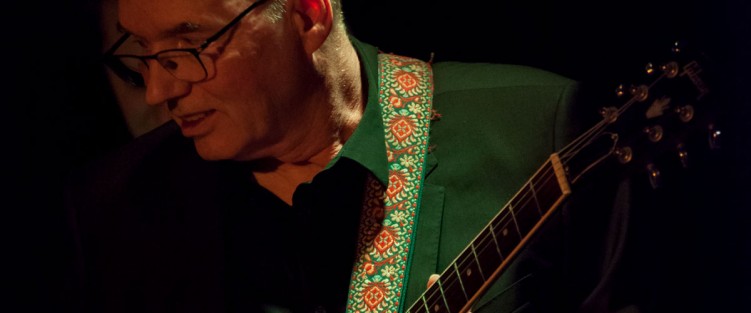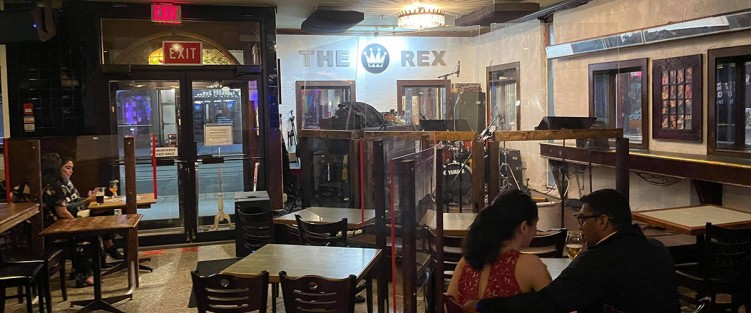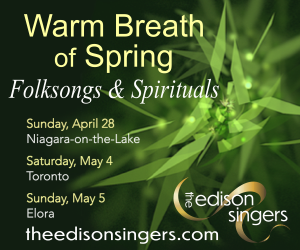Fingers crossed towards full capacity
![]() And so, here we are again, again.
And so, here we are again, again.
If you’re interested in the usual subject matter of this column, you already know that as of January 31, musical venues in Ontario will be permitted to operate at 50 percent seated capacity or 500 people, whichever is less, then move to 50 percent on February 21, and full capacity March 15 – just in advance of the two-year anniversary of Canada’s lockdown restrictions.
It is impossible to say whether or not the province will end up sticking to this schedule. It’s also impossible to know for sure, at this point, how quickly individual clubs will respond to what’s allowed, stage by stage. By the way, for most of the venues that I write about here, “clubs” is a useful misnomer: the majority are restaurants/bars, with diverse staffing needs that include kitchen staff, bartenders, hosts, managers, music bookers, and more. As has been the case throughout the pandemic, the hiring/rehiring process in this industry is not simple, and takes time, training and money. The booking process is also complicated: there are a number of decisions that have to be made about artists whose shows have been postponed, artists who are currently scheduled but who may not be ready to return to the stage, and a number of other COVID-era scenarios.
All this being said, it is a good time to be cautiously optimistic, to get out of the cold, and to enjoy some live music once again. Here’s a taste.




